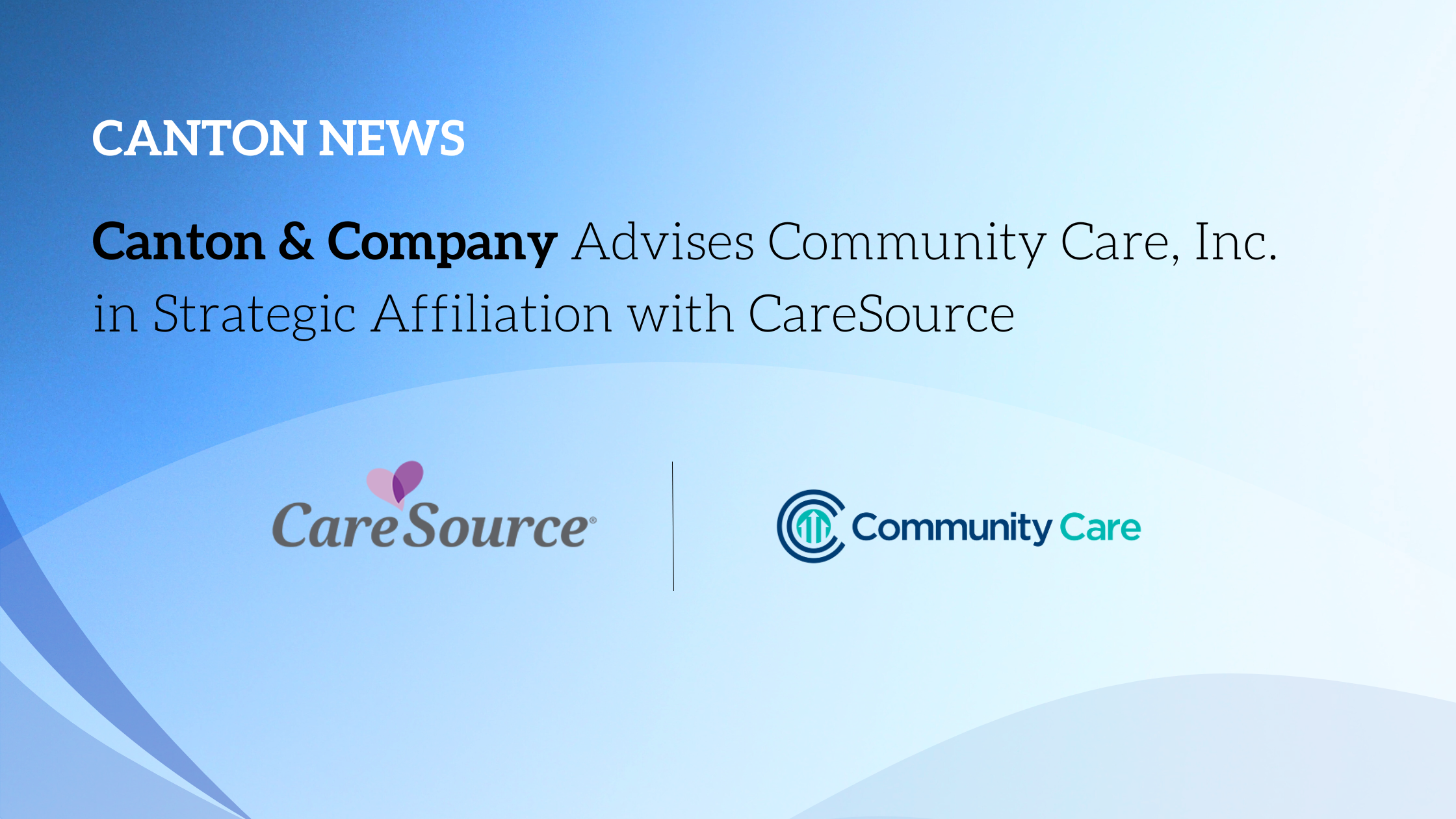Investors remain optimistic that demand growth will continue for health services delivered in the home. They’re eager to acquire home-health and home-care agencies either as foundational platform deals or as additions to their existing portfolios.
Meanwhile, strategic buyers are also looking for agencies they can integrate into their operations to realize economies of scale, gain a foothold in new markets and build out their care continuums.
In this post, we outline the structure of a merger or acquisition deal and provide insight on key elements that come into play during a transaction. For additional information, please view our webinar, Getting Your Home (Care) in Order: What You Need to Know When Structuring A Home Care Acquisition. The webinar features:
- James C.H. Lee, Partner, Proskauer
- Whitney M. Phelps, Partner, Proskauer
- Sharon Harder, Vice President of Home and Community-Based Care, Canton & Company
1. Impetus for the buyer and the seller
The structure of a merger or acquisition deal in the home-health segment is often driven by a number of common factors. Because each deal is unique, both the buyer and seller should have a well-developed vision of what they hope to achieve through the transaction.
For example, many agencies may be looking to sell the business because the next generation doesn’t want to take over, yet, they also want to leave their legacy in good hands with someone who appreciates all that they have built.
2. The value the agency brings, including differentiating factors
In the case of private equity (PE), the buyer might be looking for a platform deal (which would be the firm’s foundational first entry into the market) or an add-on deal (which would be the additional acquisitions that build on the firm’s existing segment portfolio). Value propositions may be different for each type of investment, but a higher value is typically placed on the platform acquisition.
Key factors that would appeal to a PE firm as a platform investment would be an agency that is a market leader, has good quality scores, demonstrates a strong presence in a distinct geographic market, or offers distinct business lines.
3. Existing and potential liabilities of the agency
While liabilities should be determined during diligence, an earlier examination will help to decide on the deal structure prior to completing the due diligence process. All parties should consult their legal resources regarding liabilities, especially in cases in which the buyer will become accountable for business and compliance risks after the sale.
4. Licensure and state certifications, including Certificate of Need requirements
State home-health licenses are not typically transferable as part of an acquisition, and many states have a certificate of need process that is required for the buyer to take over operations.
In addition, a transaction may impact the agency’s enrollment in Medicare and Medicaid. It’s important to work with a legal team to set up a strategy to address licensing issues and to spell them out appropriately in the deal structure documentation.
While not often barriers to the transaction, these regulatory approvals may impact deal timing and thus, they require careful consideration in advance for buyers and sellers to understand the requirements.
5. Timing of the transaction
Rules require that a home-health agency apply for new Medicare enrollment if majority ownership of the agency changes within 36 months of the original enrollment. The rule applies to both asset and stock sales.
It may be possible to enter into an interim management agreement between signing and closing the deal so that the buyer can run the business while awaiting regulatory approvals.
Preparation and consultation with experienced legal and operational experts can make all the difference between a successful transaction that meets your goals and a disruptive process that detracts from your ultimate vision.
For a confidential consultation to discuss how you can meet your intended goals with all your healthcare transactions, contact Canton’s team of experts:


.png)



.png)